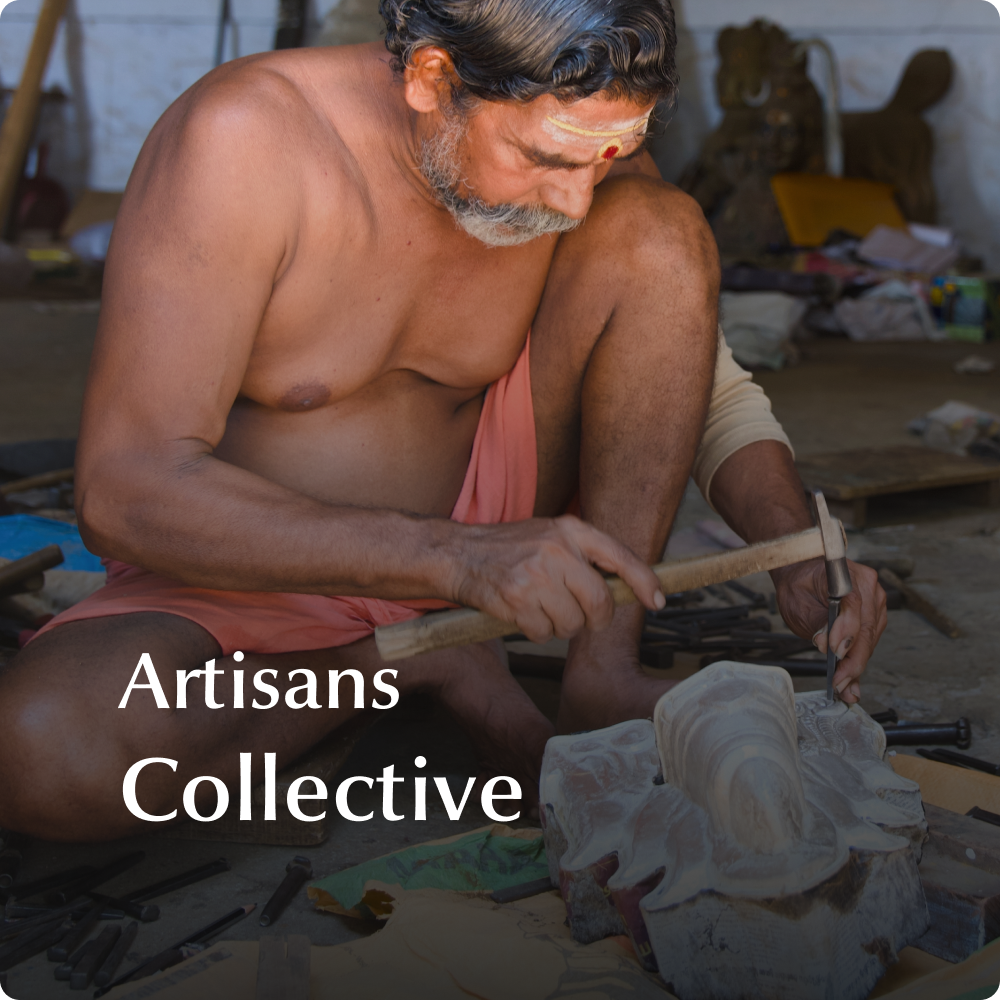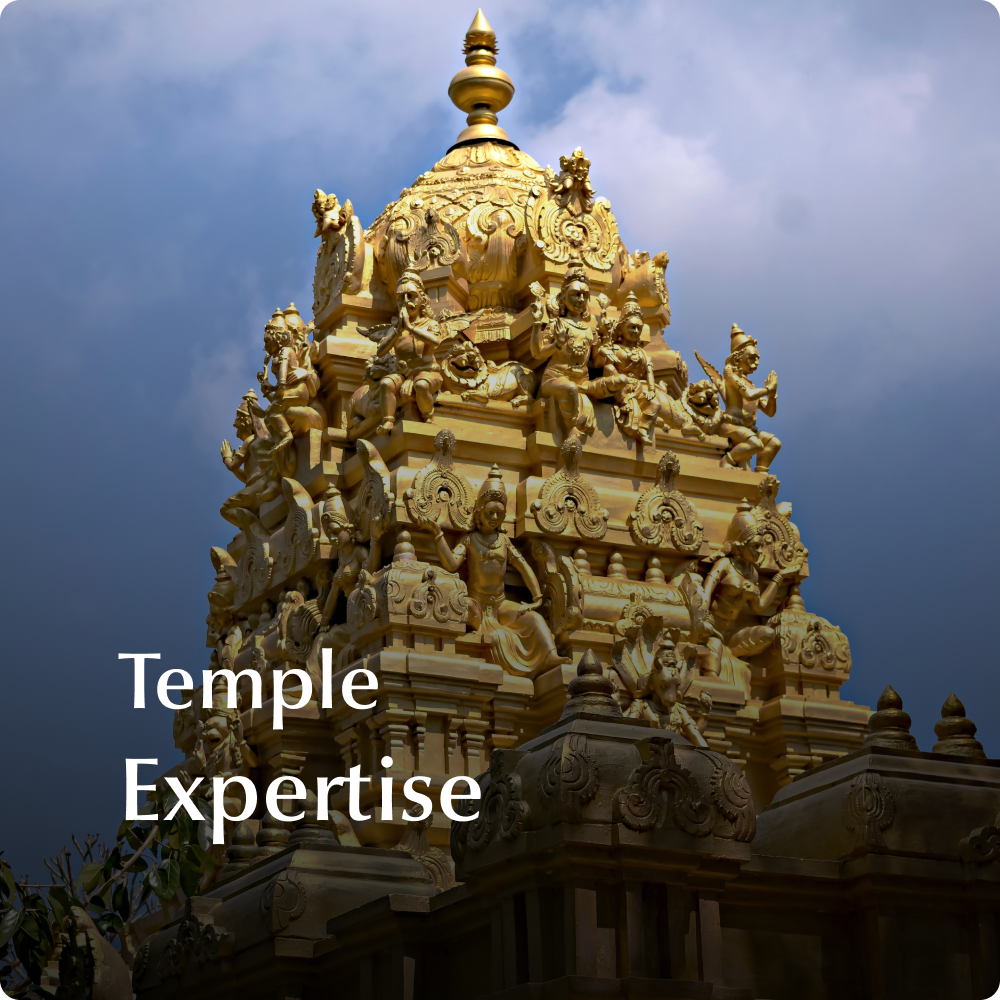Ayudha Puja is the day that Hindus across the world venerate the knowledge and the tools that enable their lives, as the Gods themselves. Following the 9 day festival of Navaratri, learn more about the rituals for a year of success ahead.
Ayudha Puja is the day when we express our gratitude for the tools and implements that help us live our lives easily, by ritualistically honouring them. It is part of the 10 day festival of Navaratri, meaning Nine Nights. The day is referred to as Ayudha Poojai, Astra Poojai, Shastra Pooja and Khande Navami in various parts of India, although all the terms essentially refer to a puja performed for the instruments we use.
It is celebrated on the 10th day of the Waxing Moon cycle in the month of Aipasi, in the Hindu Tamil calendar. It is also celebrated on the 10th day of the Dusshera or Navaratri festival. It is believed that after Goddess Durga vanquished the demon King Mahishasura on the ninth night, she laid her weapons down to be worshipped, and that day came to be known as Ayudha Puja.

Stories behind Ayudha Puja
India being a multi-cultural country, each state has a slightly different version of the legend behind Ayudha Puja. However the three most popular stories are as follows.
The first story is the legend that is followed by the royal family of Mysore and much of their population. The Pandavas in the Mahabharatha were forced into exile by their step mother. Before leaving for the forest, Arjuna hid his weapons in the hollow of a Shami (Jammi) tree. After the 13 years of Vanvas and 1 year of travelling incognito, the Pandavas returned to Hastinapur on the day of Vijayadasami. Arjuna retrieved his weapons on the same day. Thus Vijayadasami is considered as an immensely auspicious day for new beginnings. In Karnataka, Ayudha Puja is celebrated the day before Vijayadasami.
The second story is about the practise of Kala Bali, translated as Sacrifice to the Battlefield. In olden days before a battle began, both sides would make a human sacrifice to appease the war Gods. Later on it changed to sacrifices of cattle or sheep. This legend is mentioned in the Mahabaratha, where before the Kurukshetra war. Duryodhana, the head of the Kauravas was advised by an astrologer to perform the sacrifice the day before the war, which happened to be a new moon day. Aravaan, a son of Arjuna volunteered to be the victim. Krishna intervened and persuaded Aravaan to be the sacrifice victim for both Kauravas and Pandavas. Yudhishtra sacrificed Aravaan to the Goddess Kali. Kali appeared on the battlefield and blessed the Pandavas with victory. This sacrifice was made on the day after Dusshera, which is celebrated as Ayudha Puja.
The third story is perhaps the most widely known and accepted by different people in India. The demon Mahishasura waged war on the earth and heavens and defeated the great Devas. He had a boon from Lord Brahma, that no man could kill him. The distressed Gods, let their feminine energies flow together and manifest as Durga. She had numerous hands bearing fearsome weapons of war, and a lion as her Vaahana. She rode into battle against the Asuras. Mahishasura, who has the ability to shit shapes, began to turn into a massive buffalo. Half way through the transformation, Goddess Durga, cut off his head and stomped his body into the ground. Thus Mahishasura was vanquished and Durga was named the Mahishasuramardhini. This scene is the most common depiction of Durga, with many weapon bearing arms and the demon at her feet. The next day dawned and she laid down her weapons, which were worshipped by the people and Gods alike and the day came to be known as Ayudha Puja.

Rituals for Ayudha Puja
Each family has different versions of celebrating the festival and it is also celebrated in all places of work.
General rituals that everyone follow are as below,
The entire house or work place is cleaned thoroughly. In the case of families who have the practise of displaying Golu, the house is cleaned 10 days before Ayudha Puja.
Preparations for Golu include setting up a tiered platform of 9 or 7 steps. It can even be 3 or 5 steps as per availability of space. Various idols of Gods and Goddesses, and figurines that are set up to depict everyday scenes are placed on the platform. Guests are invited on each of the nine days of Navaratri to view the Golu and partake of the Prasad.
Before Ayudha Puja, every square inch is dusted and wiped down and all the instruments and tools used in their work are also cleaned. Vehicles used at home and work are also cleaned in a water wash.
If any of them need to be serviced or refurbished, it will be made ready for Ayudha Puja.
Sandal paste is smeared in horizontal streaks on the images and figurines of deities, tools and vehicles and red tilaks of vermillion (Kumkum) are placed over the sandal.
If there are figurines of the Goddesses Lakshmi and Saraswati at home, they should be dressed in Red and White sarees respectively.
The vehicles are festooned with flower garlands and plantain stems and leaves. Mango leaf thorans are hung at the entrance of the home. The Puja room and the deities within are also adorned in fresh flowers.
The tools are placed in front of the puja, along with books, laptops, instruments of writing if children are at home.
Offerings of Puffed rice (Poha), mixed with jaggery and fried peanuts are a staple Prasad of Ayudha Puja. Besides that people offer sweets like sweet dumplings, fruits, white pumpkins and flowers to the Gods.
After the Puja, it is customary to use the implements once as they are believed to have been blessed by the Gods for success. Arati is shown to vehicles with camphor placed on a lemon, coconut and pumpkin which are then dashed open on the ground. The vehicles are then taken for a short ride.
For the rest of the day, the tools are left in the puja space and they are not to be used. For this reason, most work places do the puja at the closing of the previous business day, while Ayudha Puja itself is a holiday.
For the working class of Southern India, Ayudha Puja is the most important festival apart from Ganesha Chaturthi and Diwali. Most transport groups celebrate Ayudha Puja in an opulent manner.
At Smart Creations and Mantra Gold Coatings Ayudha Puja is very special to us as knowledge and the tools of our artisans are what gives us a business to run. We would love to know how the Ayudha Puja celebrations happen at your home and at your workplace. Share them with us through the comments section.








